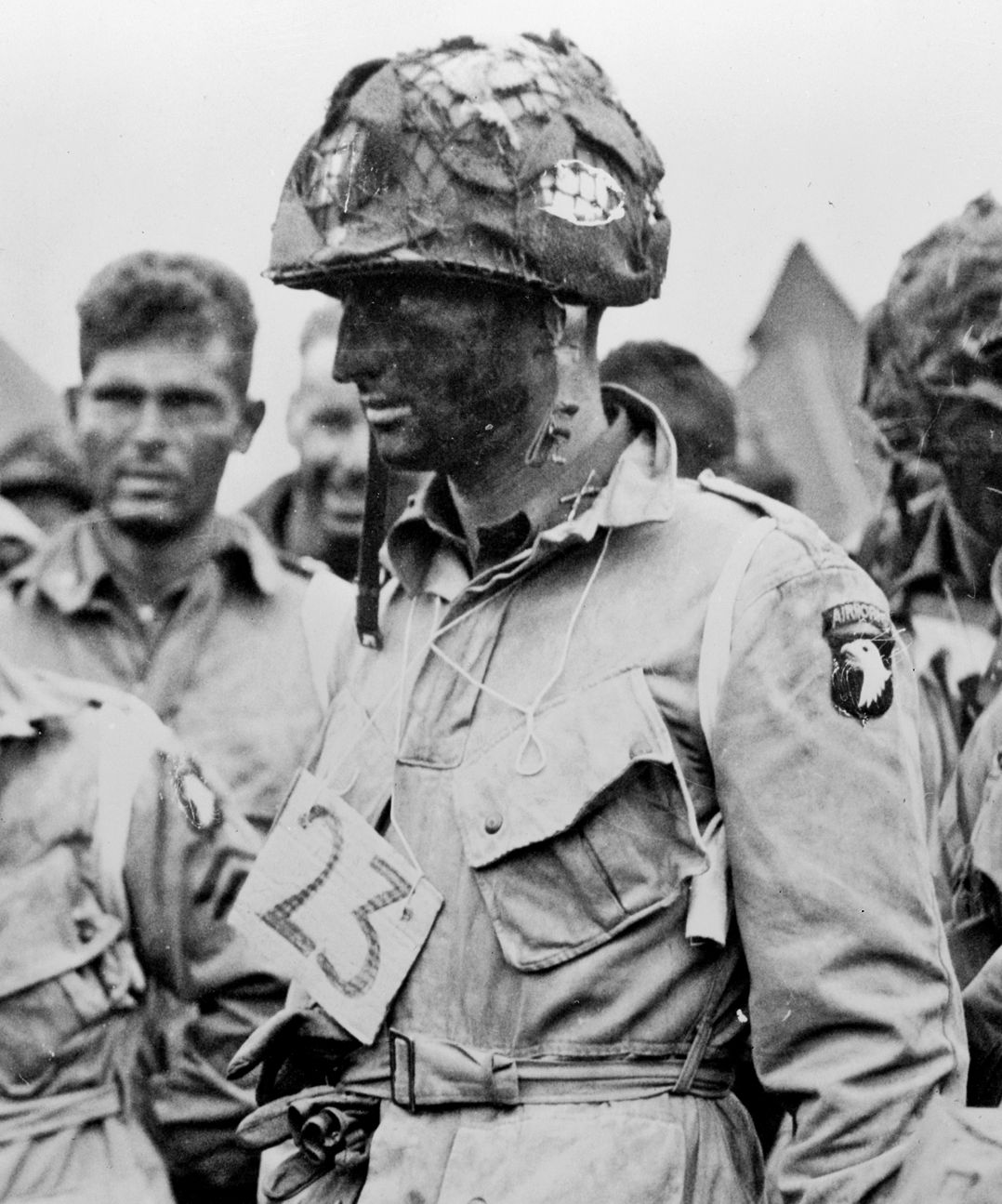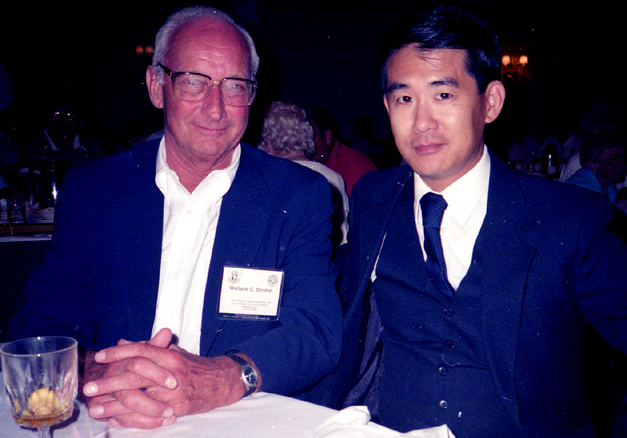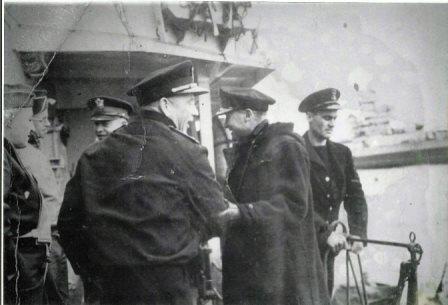We will always salute you Jim - my father nor my uncles would never share any stories about the war to us kids on their returns
Thanks. My Father ( yes you read that correctly ) served in the Canadian Army in The Great War. He was born in a small town in western Ontario in 1898. IN 1915, he enlisted in Toronto. He was trained as a machine gunner at Valcartier Camp in Quebec, then went by ship ( On the sister ship to the Titanic) to the UK in the spring of 1916. He was sent to the 4th Battalion of the Canadian Machine Gun Corps in which he served for the rest of the war. The Canadians used about 4 times as many Vickers heavy machine guns, per unit, than the British Army did.
At the Vimy Ridge attack on April the 9th of 1917, the four Canadian Divisions, 45,000 men strong, attacked on a 9 mile wide front, uphill towards the Ridge. Dad's 4th Machine gun Battalion ( 900 men in total ) had 168 Vickers guns firing in support of the First Canadian Infantry Division who were attacking on the far right of the line that day. In the first hour of the attack, the Canadian Machine Gun Corps fired an amazing SEVEN MILLION ROUNDS OF AMMUNITION at the German positions. Also in the first hour, over 80 percent of the German artillery guns were put out of action, due to very accurate counter battery fire by the Royal Canadian Artillery crews.
By the end of the second day, all of Vimy Ridge was in Canadian hands. The British had failed to take the Ridge, with twice as many men in the past. So had the French. Why were the Canadians able to capture the Ridge , where others had failed ?
New tactics, new ways of spotting enemy gun fire flashes, training special 50 man attack teams, bristling with machine guns, rifle grenadiers, hand grenades by the bag full, and strict timing as the creeping barrage lifted 100 yards every 3 minutes. No one was to stop if they encountered a strong point, sweep around it and mark if for the following wave to deal with. Carrying parties in the second wave brought forward fresh ammunition, water, and grenades to resupply the attackers.
From then on, the Canadians were considered to be "The Shock Troops " who would be at the sharp end of any attack undertaken. In the "Last 100 Days" in the fall of 1918, the Canadian Corps was in all most constant action, driving the Germans back, time after time.
When the peace was declared, Dad volunteered to stay behind for an additional six months, to be a guard at a German POW camp in Belgium. For those six months of very easy duty, he was paid an entire years wages, which amounted to $464 CDN. The Canadians were paid much more than the British soldiers, about FIVE time as much per day, plus they got additional pay for being a skilled soldier, or technician.
Dad finally returned to Halifax, Nova Scotia, on RMS Olympic, the sister ship to the Titanic, which sank in 1912. ON July the 9th, Dad arrived back in Toronto by train from Halifax. He was released the following day. He lived a long and productive life. He died in 1981, age 83 in Toronto. I was born in 1946, from his second marriage. AS a teen ager, he and I spent many hours talking about "his war".
IN 1939, when the second world war broke out, Dad stepped forward, and volunteered to be a civilian instructor on Vickers and Lewis Light Machine guns, for the local Toronto Militia units. He taught courses on both of those weapons, three nights a week for about a year. At the same time he was fully employed by a large grocery store company as an area manager. His "party trick" was to take apart a Vickers Machine gun blind folded, then put it back together, still blind folded, in under 15 minutes. Thanks Dad. John Carl Bunting 201018






